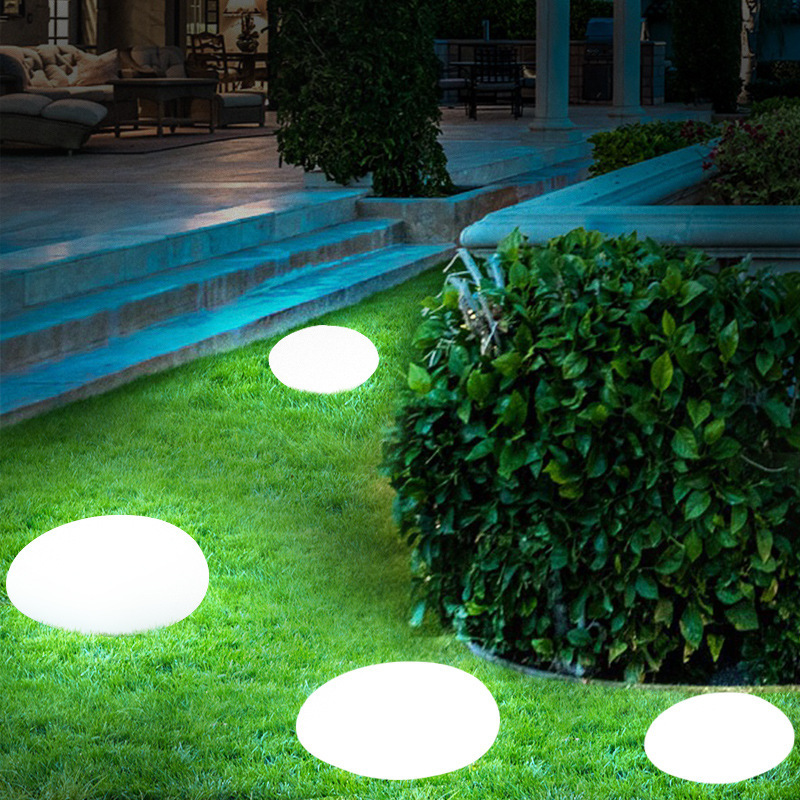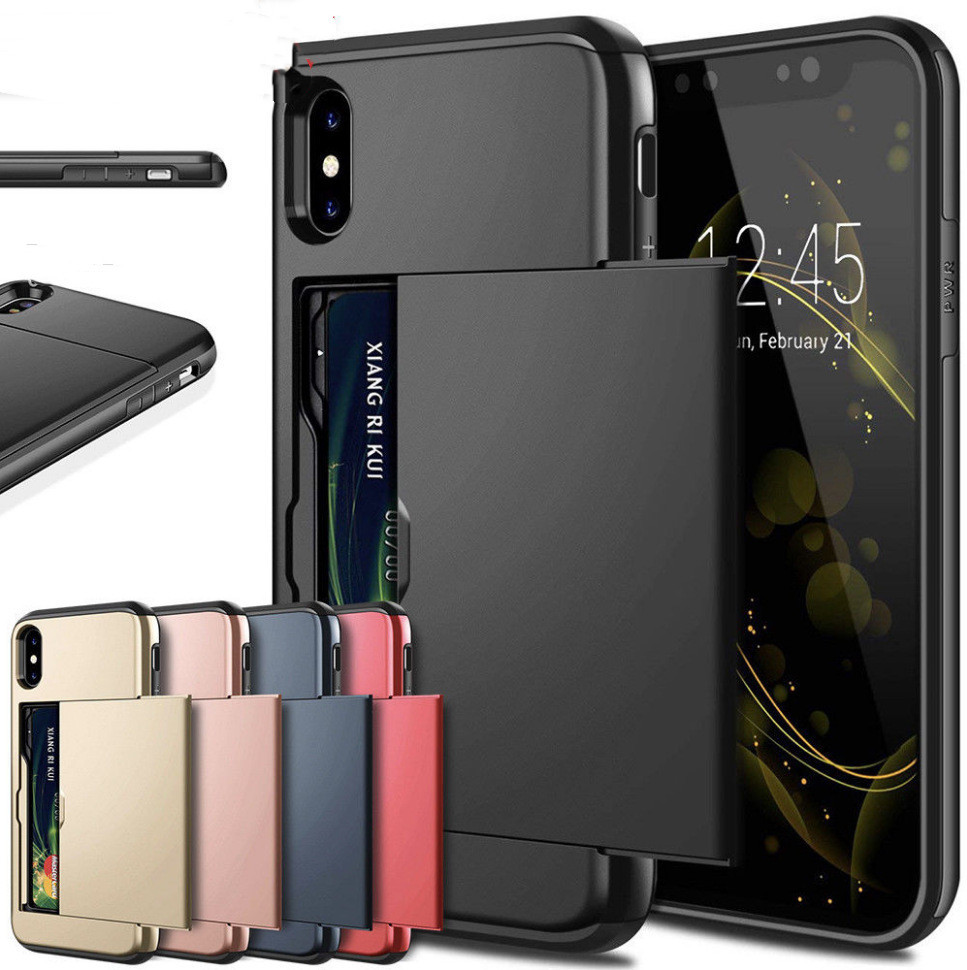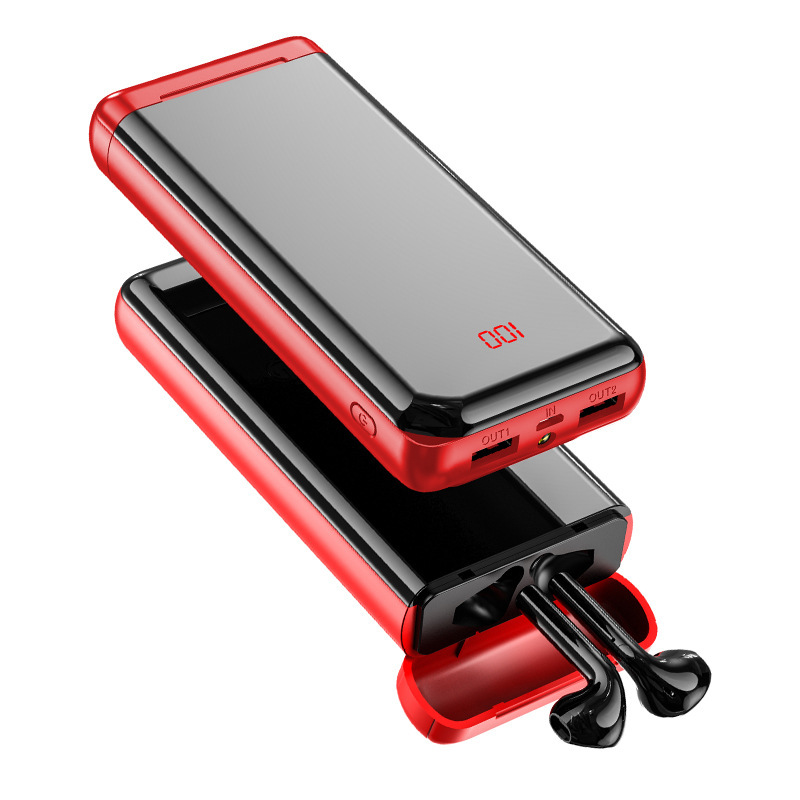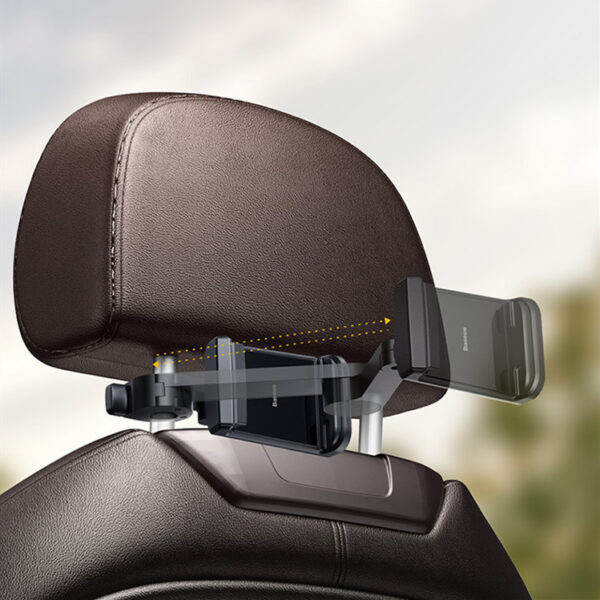
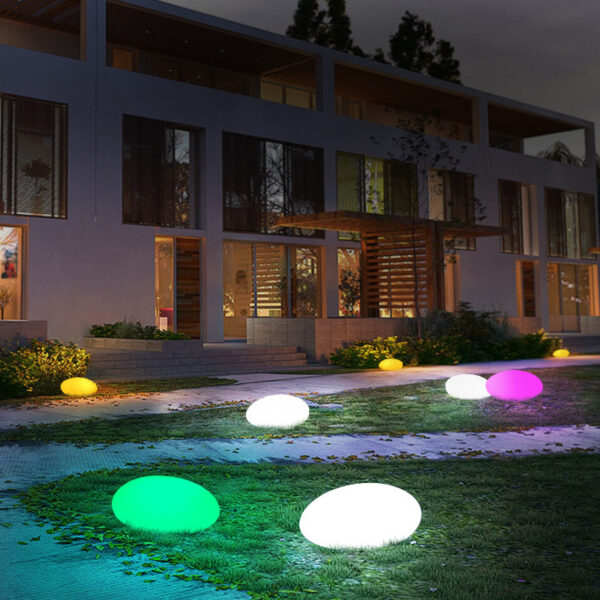
In today’s world, where environmental concerns are at an all-time high, individuals and companies alike are looking for ways to reduce their carbon footprint. One of the key areas of focus has been technology. With the rapid rise of electronics, it’s crucial that we shift towards more sustainable, eco-friendly tech gadgets.

These innovative devices are designed to not only improve our lives but also minimize the negative impact on our planet. In this article, we explore some of the most popular and effective eco-friendly tech gadgets that contribute to a greener future.
1. Solar-Powered Chargers and Power Banks
Solar energy is one of the cleanest and most renewable sources of energy available today. As a result, solar-powered chargers and power banks are gaining popularity. These devices allow you to charge your smartphone, tablet, or other electronic gadgets using the sun’s power rather than traditional electrical outlets.
Benefits:
- Renewable Energy: Solar-powered gadgets tap into the sun’s free and abundant energy, reducing dependency on fossil fuels.
- Portability: Many solar chargers are compact and portable, making them perfect for outdoor enthusiasts and travelers.
- Cost Savings: By using solar energy, you save money on electricity bills.
A great example is the Goal Zero Nomad Solar Panel Charger, which can charge your devices anywhere, anytime, as long as there’s sunlight.
2. Energy-Efficient Smart Thermostats
Smart thermostats are designed to optimize energy usage and reduce heating and cooling costs. By learning your habits and preferences, these devices adjust the temperature in your home or office automatically. Some models, like the Nest Learning Thermostat, can even detect when you’re not home and adjust the temperature accordingly to save energy.
Benefits:
- Reduced Energy Consumption: By learning your schedule and optimizing energy usage, smart thermostats can significantly cut down on unnecessary heating and cooling.
- Convenience: They allow you to control your home’s temperature remotely via an app, ensuring comfort while reducing waste.
- Cost Efficiency: Reduced energy consumption directly translates into lower utility bills.
3. Recycled Material Tech Gadgets
Many tech companies are moving towards using recycled materials in the production of their devices. Products made from recycled plastic, metal, and glass are not only reducing the demand for raw materials but also decreasing the amount of e-waste that ends up in landfills.
Examples:
- Fairphone: A smartphone that is made with fair trade materials and is fully repairable, extending its lifespan and reducing waste.
- Apple’s Recycling Program: Apple uses recycled materials in some of its products and offers trade-in programs where old devices can be recycled into new ones.
Benefits:
- Waste Reduction: By using recycled materials, the demand for new resources is minimized, and electronic waste is reduced.
- Sustainability: This contributes to a circular economy, where products are reused, refurbished, and recycled, helping reduce the environmental impact of tech manufacturing.
4. Energy-Efficient LED Light Bulbs
Lighting is one of the largest energy consumers in both homes and businesses. The shift from traditional incandescent bulbs to LED light bulbs has made a massive difference in reducing energy usage. LED bulbs consume far less energy than their traditional counterparts and have a longer lifespan, making them a more eco-friendly option.
Benefits:
- Energy Savings: LEDs use up to 75% less energy than incandescent bulbs.
- Long Lifespan: They last significantly longer than traditional bulbs, meaning fewer replacements and less waste.
- Reduced Carbon Footprint: Lower energy consumption leads to reduced greenhouse gas emissions.
Switching to Philips Hue LED Bulbs can help create a smart, energy-efficient lighting system that adapts to your preferences.
5. Eco-Friendly Bluetooth Speakers
Bluetooth speakers are common tech gadgets for enjoying music, podcasts, and more, but their environmental impact can be significant. Several companies have started producing Bluetooth speakers made from sustainable materials, such as bamboo or recycled plastic. Additionally, many of these eco-friendly speakers are designed to be energy-efficient and long-lasting.
Examples:
- Libratone Zipp Mini 2: Made with sustainable materials, this portable speaker offers great sound quality while being environmentally conscious.
- Bamboo Bluetooth Speakers: These speakers are made from bamboo, a highly renewable resource.
Benefits:
- Sustainable Materials: Bamboo and recycled plastic are used in the construction, making the product more eco-friendly.
- Energy Efficiency: These speakers are designed to use less power, extending battery life and reducing the need for frequent charging.
- Durability: Eco-friendly speakers are often built to last longer, minimizing waste and the need for replacements.
6. Eco-Friendly Laptops and Smartphones
Tech companies are increasingly focusing on making their laptops and smartphones more eco-friendly. Brands like Dell, HP, and Apple are using recycled aluminum and plastic in the construction of their devices. Furthermore, many of these companies are adopting energy-efficient technologies to minimize the power consumption of their products.
Examples:
- Apple MacBook Air: Made from 100% recycled aluminum, this laptop is designed to be energy-efficient and has a long lifespan.
- HP Elite Dragonfly: Made with sustainable materials like recycled plastic, this business laptop has received acclaim for its eco-friendly design.
Benefits:
- Recycled Materials: The use of recycled plastics and metals reduces the environmental impact of producing new materials.
- Energy Efficiency: These laptops and phones use less power, contributing to lower electricity consumption.
- Longevity: With improved durability and repair ability, these devices can last longer and reduce waste.
7. Eco-Friendly Smart Home Devices
The rise of smart homes has introduced a range of eco-friendly tech gadgets, from smart lights and plugs to energy-efficient smart appliances. These devices are designed to help you monitor and reduce your energy consumption. For example, smart plugs allow you to control when appliances are on or off, preventing energy waste.
Benefits:
- Energy Monitoring: Many smart home devices provide data on energy usage, helping users reduce consumption.
- Automation: Devices can be set to operate only when necessary, minimizing waste and reducing energy bills.
- Convenience: Smart home gadgets offer both environmental and convenience benefits, making it easier to live sustainably.
Conclusion
Eco-friendly tech gadgets are revolutionizing the way we interact with technology while promoting sustainability. From solar-powered chargers and energy-efficient smart thermostats to recycled material products and energy-saving lighting, these devices are essential in the push for a greener future. By incorporating these gadgets into our daily lives, we can reduce our environmental impact, lower energy consumption, and contribute to a more sustainable world. As technology continues to evolve, the possibilities for eco-friendly innovations are limitless, ensuring a cleaner and more efficient planet for future generations.
FAQs
1. Are solar-powered gadgets really effective in all conditions?
Solar-powered gadgets work best in areas with good sunlight. However, some models can store energy for later use, so they can still be functional in less sunny conditions.
2. Can energy-efficient devices save me a significant amount on my electricity bill?
Yes, energy-efficient devices can substantially reduce your electricity consumption, leading to lower bills over time. For example, LED light bulbs can save up to 75% of energy compared to incandescent bulbs.
3. How can I ensure my old electronics are recycled properly?
Many companies offer trade-in or recycling programs for old electronics. You can also take them to e-waste recycling centers to ensure they’re disposed of in an environmentally friendly manner.
4. Are eco-friendly tech gadgets more expensive than regular gadgets?
While some eco-friendly gadgets may have a higher upfront cost, the savings in energy bills and the environmental benefits often outweigh the initial investment.
5. How do eco-friendly smart thermostats help reduce energy consumption?
Eco-friendly smart thermostats adjust the temperature in your home automatically based on your habits and preferences. By optimizing heating and cooling, they help reduce unnecessary energy use.

